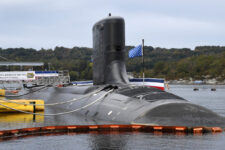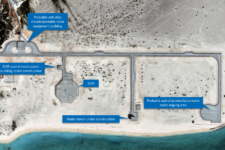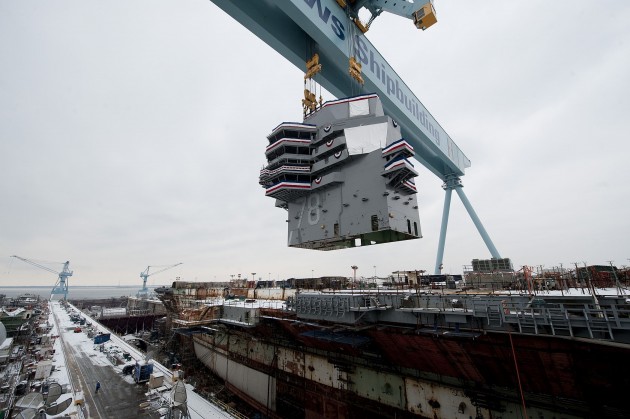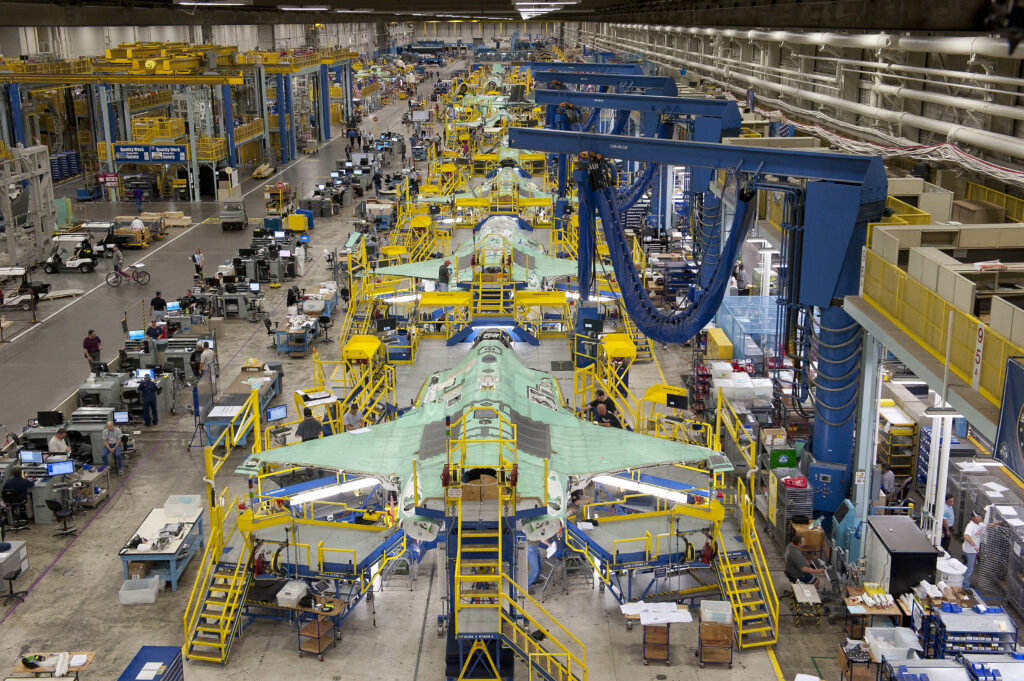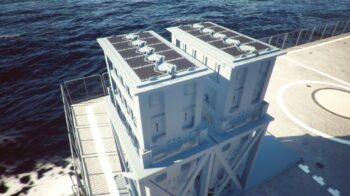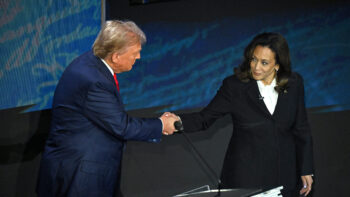SAN DIEGO: A senior Pentagon official said Thursday he expects some belt tightening in upcoming defense budgets as the national debt eats up more and more of Washington’s money.
Alan Shaffer, deputy under secretary of defense for acquisition and sustainment, said at the WEST conference here that he’s “not terribly optimistic” about future growth. Some hard choices lay ahead, he warned, on what programs will push forward and which ones die off.
“We’re going to have enormous pressure on reducing the debt which means that defense spending — I’d like to tell you it’s going to keep going up — [but] I’m not terribly optimistic,” he said.
Federal debt payments are expected to be larger than the entire defense budget by 2025, the Congressional Budget Office estimated just last month. As a result of that pressure, the Pentagon will have to make a “stronger effort” to identify which programs it simply cannot cut or scale back, while making hard choices elsewhere.
That budgetary squeeze comes after two years of budgetary largesse after Congress temporarily suspended the Budget Control Act, wiping out spending caps and boosting defense spending. That deal expires with the 2020 budget, which is initially expected to come in the $730-750 billion range.
Shaffer added that his boss, Pentagon acquisition chief Ellen Lord, is already looking for savings and as a result spends about a quarter of all of her time focused on the F-35, a program where the Pentagon is sure it can reduce costs.
Base trouble
While struggles over future budgets loom on the horizon, leaders are also worrying about how to modernize equipment and buy new planes and ships even as the industrial base continues to teeter on the brink of shrinking into irrelevance in some key areas. That requires somehow luring more companies back into doing business with the Pentagon to create more competition and some much-needed flex room in the event some current manufacturers go under or get out of the defense business.
Those concerns were at the core of the massive study the White House and Pentagon released last October, which looked at weaknesses in the defense industrial base.
Speaking here on Thursday, Thomas Modly, Undersecretary of the Navy, outlined a few areas he’s particularly concerned about. He pointed out that currently only one US company produces wall castings used on rotary-wing aircraft gearboxes, “and it’s in bankruptcy right now.” Similarly, there is only one domestic supplier of shafts for ship and submarine propellers, while the Pentagon relies on a single supplier for the rocket propellant used in rockets.
If any of those companies went under, the Pentagon would be in real trouble.
As a result, Modly said, “we have to radically change how we think about and how we execute within the naval forces, how we train our people, what we expect from our people, what we expect from our manufacturing base, our acquisition processes.:
Speaking on the sidelines of the event, Modly told me that the industrial base must get bigger to meet the Navy’s goal of a 355-ship fleet — a goal whose feasibility leaders from the Chief of Naval Operations to Modly himself have repeatedly called into question.
“If we’re going to embark on growth to a 355-ship Navy we’re probably going to have to expand the industrial base,” he said. “We think we can do it but this is broader than just the Navy. This is an overall defense problem. We can do our part but in a lot of areas it’s not just us: It’s Army, Navy, Air Force, and it requires some sort of national prioritization, but we need to look and understand what it is we need and identify places that are vulnerable in the supply chain.”
That was the promise of the industrial base report. Pentagon officials have said they have been in constant discussions with the defense industry about how to move forward and protect what already exists while encouraging more companies to get on board.
After French court intervenes, Israeli firms rushing to get to Euronaval
Israeli Foreign Minister Israel Katz congratulated the Israeli companies who had petitioned the French court on the outcome of the ruling, but firms are scrambling to figure out if they can get equipment to display at the show.


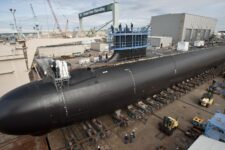


![E-2D_AR_1[1]](https://breakingdefense.com/wp-content/uploads/sites/3/2024/10/E-2D_AR_11-225x150.png)





